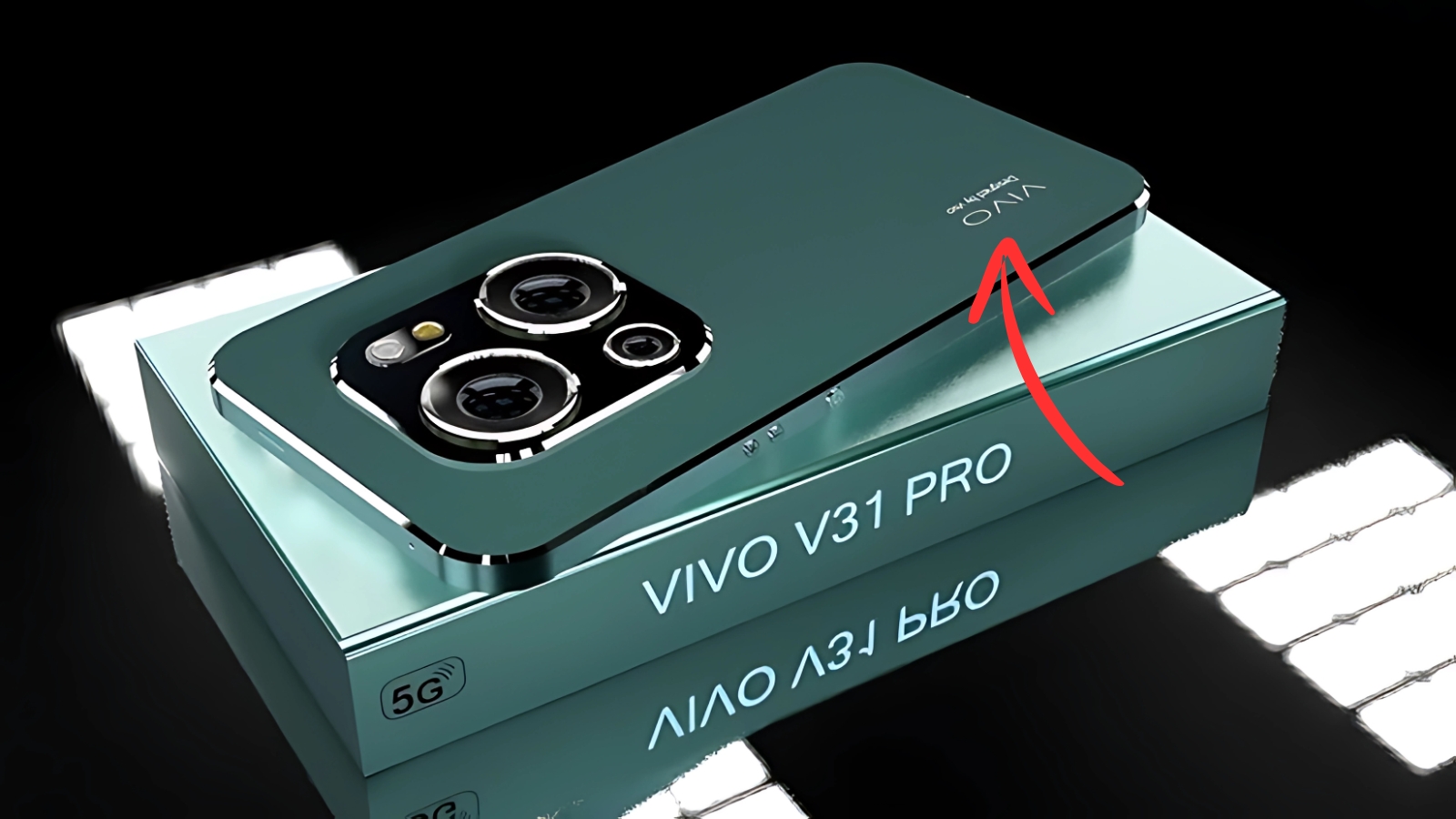Vivo V31 Pro 5G: The Nokia N96 stands as a remarkable testament to Nokia’s innovative spirit during the golden era of mobile technology. Released in 2008, this device represented the pinnacle of smartphone engineering at a time when the mobile landscape was rapidly evolving. While modern discussions often focus on 5G capabilities and contemporary devices, the N96’s legacy continues to influence smartphone design and functionality today.
The Design Philosophy Behind Nokia’s Flagship
Nokia approached the N96 with a clear vision: create a multimedia powerhouse that could handle everything from professional photography to entertainment consumption. The device featured a distinctive sliding design that revealed a full QWERTY keyboard, making it incredibly versatile for both casual users and business professionals. The build quality reflected Nokia’s reputation for durability, with premium materials that could withstand daily wear and tear. The attention to detail was evident in every aspect, from the tactile feedback of the buttons to the smooth sliding mechanism that became the phone’s signature feature.
Revolutionary Features That Set New Standards
What truly distinguished the N96 was its impressive array of features that seemed almost futuristic for its time. The device boasted a 5-megapixel camera with Carl Zeiss optics, delivering photo quality that rivaled dedicated digital cameras. The built-in GPS functionality was groundbreaking, offering turn-by-turn navigation when most phones barely had basic mapping capabilities. Additionally, the N96 included 16GB of internal storage, expandable via microSD, providing users with unprecedented storage capacity for their music, videos, and applications.

Performance Capabilities and Technical Specifications
Under the hood, the Nokia N96 ran on the Symbian S60 operating system, which was considered highly advanced for its era. The device featured a 332 MHz ARM processor that, while modest by today’s standards, provided smooth performance for the applications available at the time. The 2.8-inch display offered crisp visuals with 16 million colors, making it ideal for viewing photos and videos. Battery life was another strong point, with the 950 mAh battery providing all-day usage for most users, something that modern smartphone owners often envy.
Multimedia Excellence and Entertainment Focus
Nokia positioned the N96 as the ultimate multimedia device, and it delivered on this promise in remarkable ways. The phone supported various audio and video formats, essentially functioning as a portable media center. The integrated stereo speakers provided surprisingly good sound quality for a device of its size. Video playback was smooth and enjoyable, making the N96 perfect for watching movies or TV shows during commutes. The device also included Nokia’s Music Store integration, allowing users to purchase and download music directly to their phone.
Market Impact and Industry Recognition
The Nokia N96 received widespread acclaim from both critics and consumers upon its release. Technology reviewers praised its innovative design and comprehensive feature set, often citing it as the best smartphone available at the time. The device won numerous awards and helped solidify Nokia’s position as a leader in the smartphone market. Sales figures were impressive, with the N96 becoming one of Nokia’s best-selling premium devices. Its success demonstrated that consumers were ready for feature-rich smartphones that could replace multiple devices.
Comparing Legacy Technology with Modern 5G Capabilities
While the Nokia N96 operated on 3G networks, its approach to connectivity and user experience laid important groundwork for today’s 5G-enabled devices. The phone’s emphasis on multimedia streaming and data-intensive applications anticipated the high-bandwidth requirements that 5G networks now fulfill. Many design elements from the N96, including the focus on camera quality and multimedia capabilities, remain central to modern smartphone development. The sliding keyboard design, though less common today, influenced numerous subsequent devices and demonstrated Nokia’s willingness to experiment with form factors.
Maruti Suzuki XL6 became high mileage family car in Indian market
Vivo V31 Pro 5G Lasting Legacy and Influence on Modern Smartphones
The Nokia N96’s impact extends far beyond its commercial success, shaping fundamental aspects of smartphone design that persist today. Its integration of high-quality cameras, GPS navigation, and multimedia capabilities established the template for modern smartphones. The device proved that users wanted comprehensive, all-in-one solutions rather than carrying multiple gadgets. While Nokia eventually transitioned away from Symbian to other platforms, the N96 represents a crucial chapter in the company’s history and the broader evolution of mobile technology. Today’s smartphones, with their advanced 5G capabilities and sophisticated features, owe much to pioneering devices like the Nokia N96 that dared to push boundaries and redefine what a mobile phone could be.